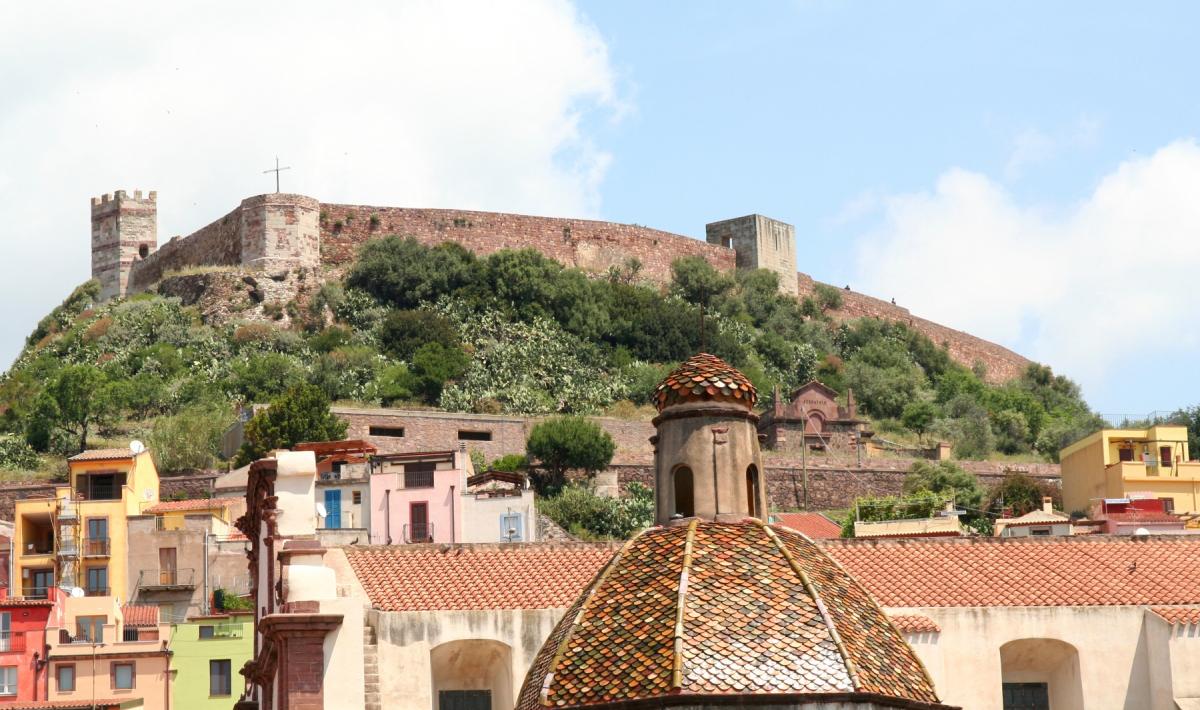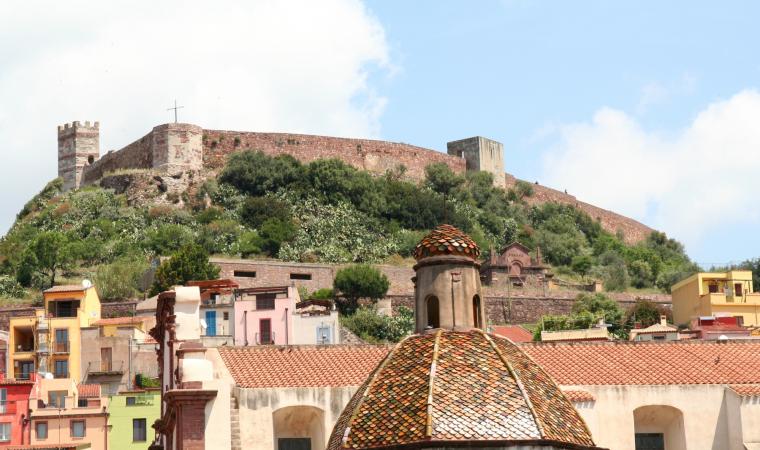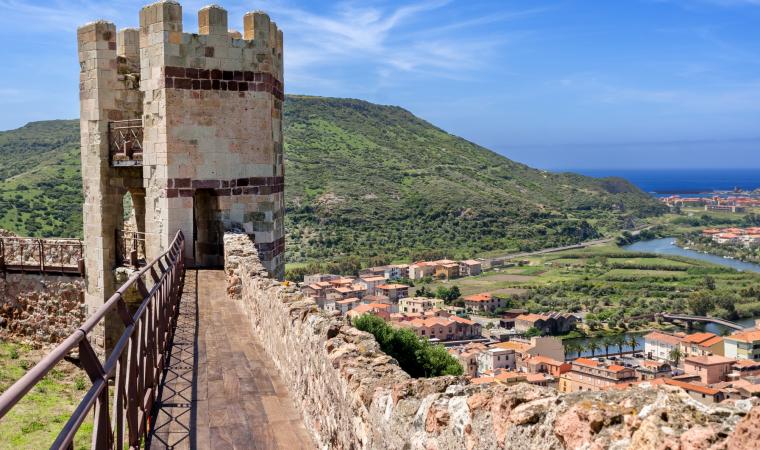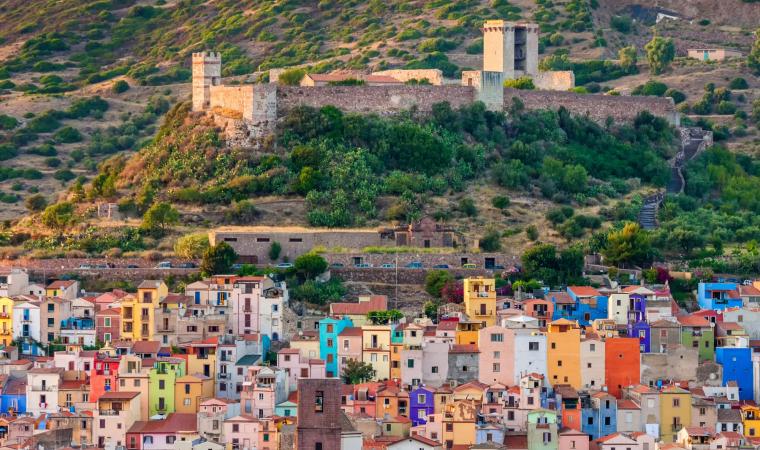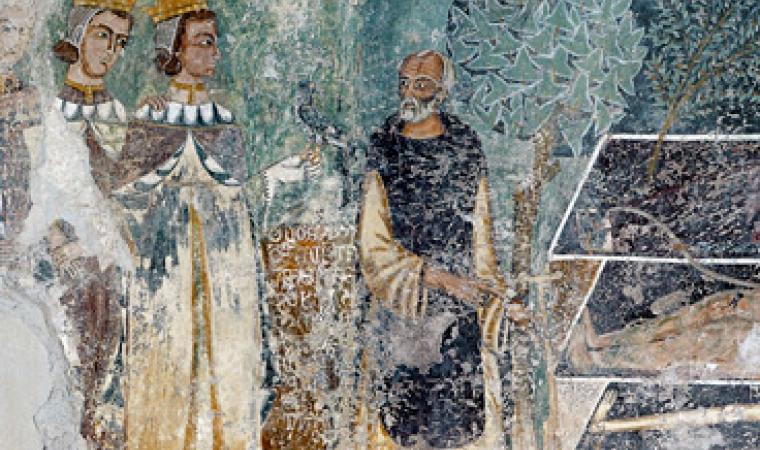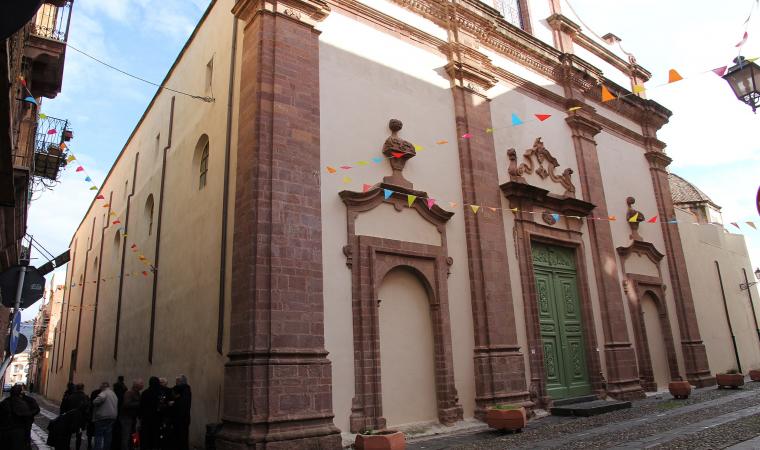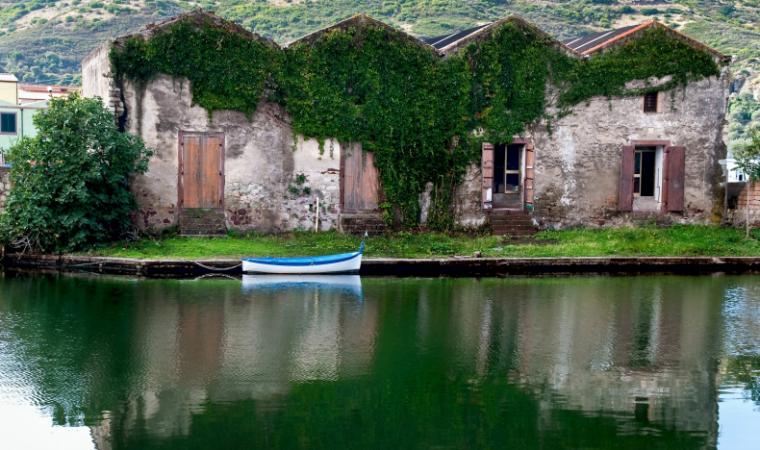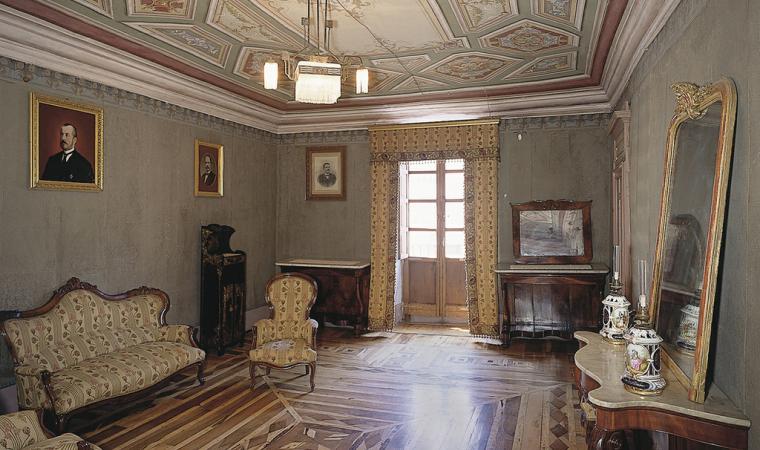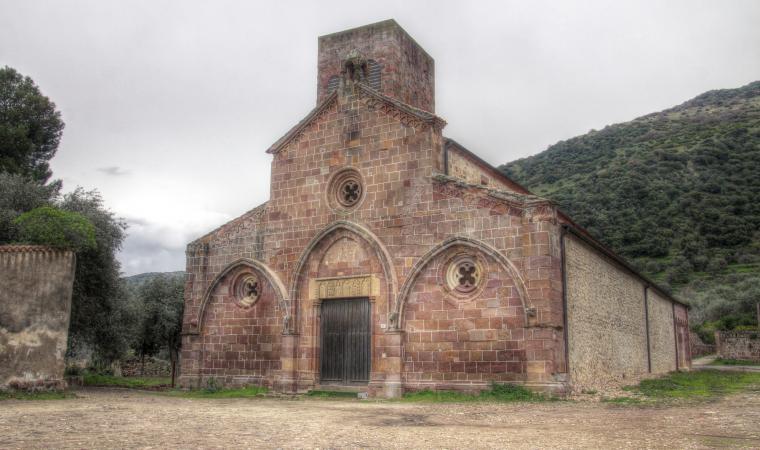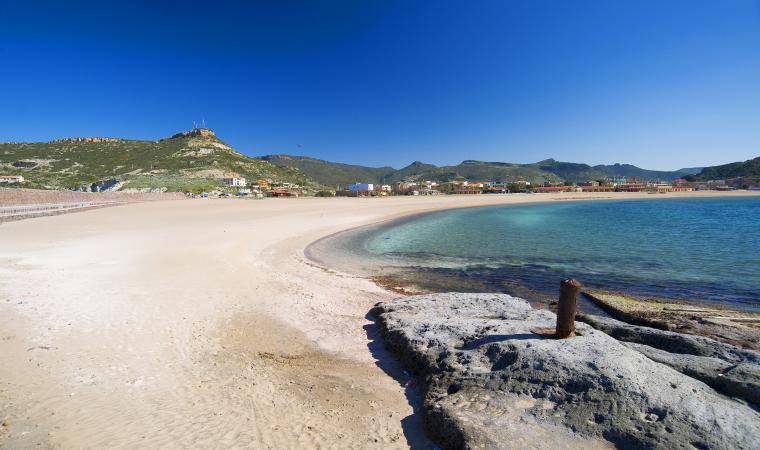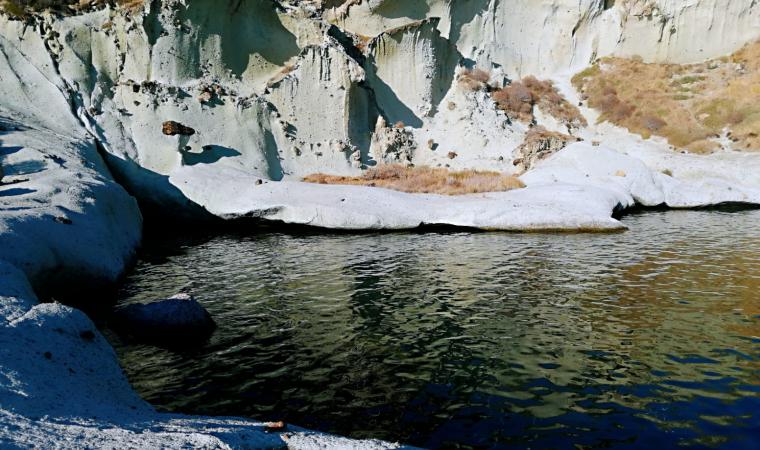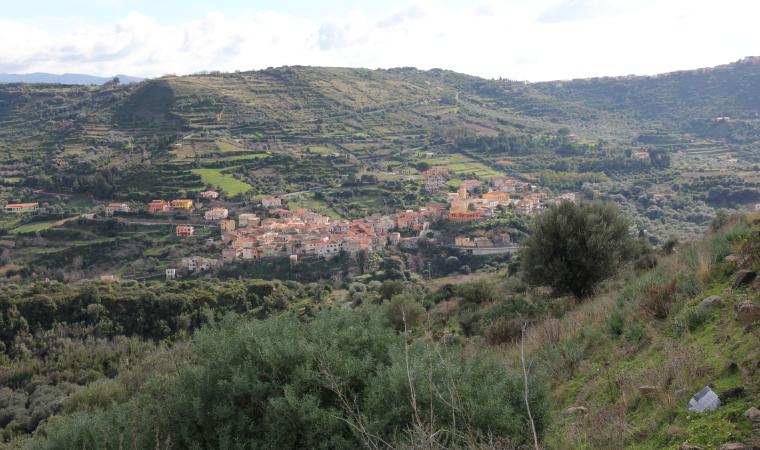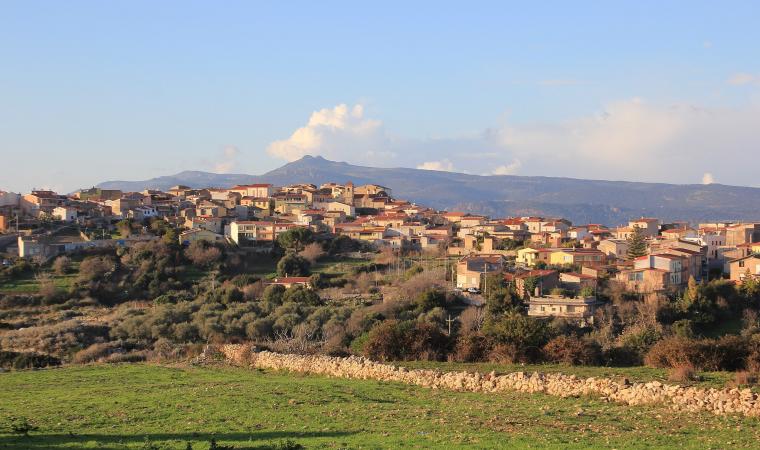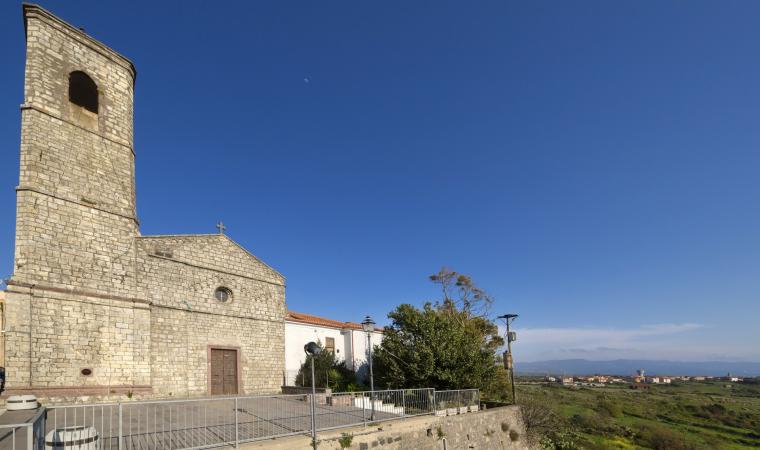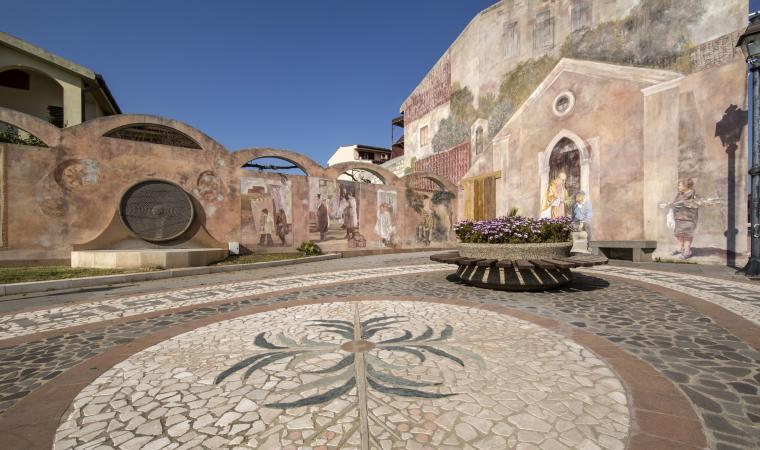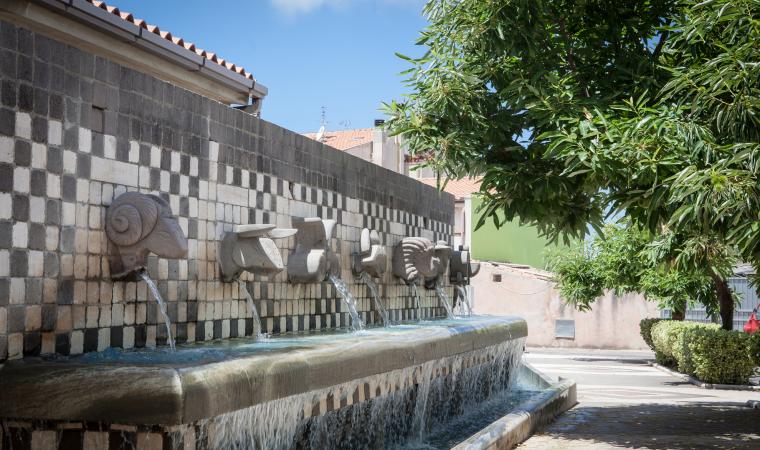The impressive castle dominates Bosa from above. It was built in 1112 on top of the hill of Serravalle by the noble Tuscan Malaspina dello Spino Secco family, who settled on the Island in the middle of the 11th century. It is said that the jealous marquis built an underpass from the castle to the cathedral so that his beautiful wife would go to church without being seen by indiscreet eyes. One day, in the throes of an attack of jealousy, he cut off her fingers and wrapped them in a handkerchief, that he took out of his pocket, forgetting his madness, in front of his friends. The fingers fell out, uncovering his crime, and he was imprisoned. Legend also has it that several of the rocks of the castle are the petrified fingers or the witnesses petrified by their horror.
Inside the fortress, you will sense the aura of its historical events. It was part of the Giudicato of Torres and then it passed to the Giudici of Arborea. It underwent various modifications before its slow abandonment. However, its structure has been well-preserved, as you will notice as you enter via the steps to the east and to the west of the village of Bosa, or from the narrow roads of the Sa Costa district. The castle was built in various stages. In the 12th century, a tower and part of the northern walls were erected, in the 14th century the main tower, once with three floors, was built in light stone by the architect Capula, the same one responsible for the tower of San Pancrazio and that of the Elephant (1305-7). Behind it are the boundary walls that run all the way around the hill and seven square towers. Under the Aragonese, a pentagonal tower made of grey and red trachyte was added. Within the walls, there is the church of Nostra Signora de sos Regnos Altos (14th-15th century), embellished with Spanish frescoes. Evocative celebrations take place here at the end of September.
You will be able to imagine Bosa in the 17th century, completely protected by the walls. From the castle, you can enjoy a spectacular view of the houses with multi-coloured façades along the right bank of the river Temo, the ancient tanneries on the opposite bank and the Ponte Vecchio bridge that connects the two river banks. The centre is Bosa nova, re-established near the river port. From the winding river, the village extends to the foot of the hill of Serravalle. Bosa vetus was more internal, near the Romanesque church of San Pietro extra muros, in the current locality of Calmedia. The inhabitants moved to dwell beneath the castle, to be protected by it, founding the district of Sa Costa: a migration that lasted almost two centuries.

